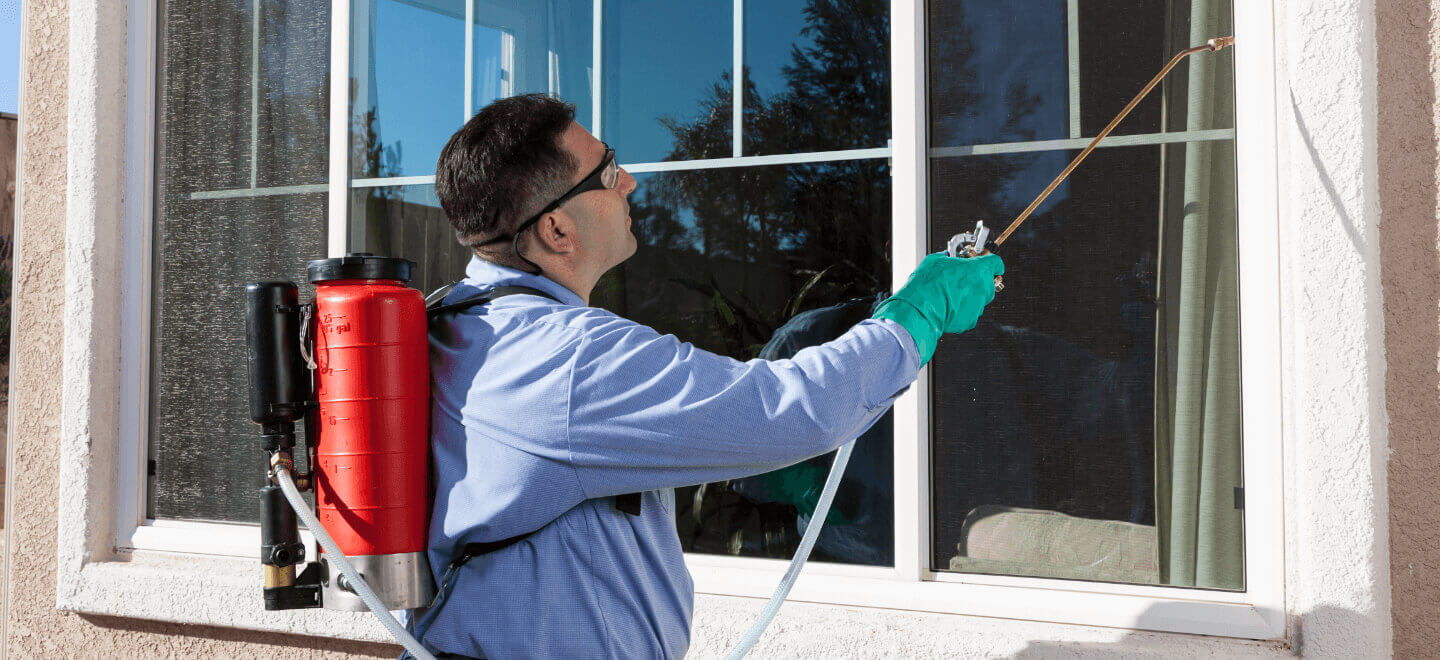A1 Pest Control Charlotte NC Bed Bugs - Professional Extermination Services
A1 Pest Control Charlotte NC Bed Bugs - Professional Extermination Services
Blog Article
Bed Pest Treatment Failure: Comparing Chemical Vs. Non-Chemical Solutions
In the world of parasite control, especially when managing the persistent problem of bed insects, the selection in between chemical and non-chemical therapy solutions can be a critical one. Both techniques use distinctive advantages and disadvantages, affecting variables such as effectiveness, security factors to consider, and general price. By analyzing the nuanced information of each approach, a clearer understanding of which path to go after in addressing a bed insect problem can be achieved.
Effectiveness of Chemical Therapies
Chemical therapies for bed insect problems have actually been widely identified for their potent and quick efficiency in removing these pests. When taking into consideration the efficiency of chemical treatments, it is vital to understand that they can provide a thorough and fast solution to a bed pest issue.
Furthermore, chemical treatments have the benefit of using residual impacts, meaning that they can remain to eliminate bed insects also after the preliminary application. This recurring activity is especially valuable in combating any kind of potential re-infestations. Furthermore, the quick action of chemical treatments can bring relief to people facing serious bed insect invasions, permitting them to regain control of their space promptly.
Security Problems With Chemical Solutions
One essential element that calls for cautious factor to consider when using chemical remedies for bed insect therapy is making sure the safety of owners and the atmosphere. Exposure to particular chemicals utilized in bed insect treatments can lead to respiratory system issues, skin irritation, or other unfavorable responses, particularly in people with pre-existing problems or sensitivities.
In addition, the ecological impact of chemical remedies is one more considerable factor to consider. Some pesticides utilized in bed pest therapies may be dangerous to useful pests, wild animals, and environments if they seep right into the soil or water supply. It is necessary to make use of chemical treatments judiciously, following security standards, and thinking about much less poisonous alternatives to mitigate these dangers and make sure the reliable and secure monitoring of bed pest infestations.
Benefits of Non-Chemical Methods
Considering the prospective safety problems and environmental impact connected with chemical services for bed pest treatment, discovering non-chemical techniques presents an encouraging alternative with numerous distinct advantages. Non-chemical treatments are ecologically friendly, as they do not add to air or water air pollution, making them a lasting selection for pest control.
In addition, non-chemical solutions can be effective in targeting bed bugs, including hard-to-reach areas where chemical therapies might not pass through. Approaches such as warmth treatment, vacuuming, heavy steam cleaning, and bed mattress coverings offer comprehensive eradication without using harmful chemicals. Additionally, non-chemical approaches can be less disruptive, calling for minimal prep work and enabling quicker reentry into dealt with areas. Generally, choosing non-chemical bed bug therapy methods not just prioritizes security and environmental management but likewise makes certain thorough and efficient pest control.
Limitations of Non-Chemical Treatments

In addition, non-chemical treatments frequently need view it several applications to attain effective elimination. This can be lengthy and may not always guarantee full elimination of all bed insects and their eggs, specifically in hidden or hard-to-reach places.
In addition, the success of non-chemical treatments heavily depends best outdoor pest control on appropriate execution and thoroughness, which can be testing for people without specialist proficiency. Inadequate application of non-chemical techniques might cause incomplete elimination, leading to consistent invasions and the demand for extra therapies.
As a result, while non-chemical treatments have their benefits, it is important to recognize these constraints and consider them when establishing one of the most reliable method for handling bed insect infestations.
Expense Contrast: Chemical Vs. Non-Chemical Options
Given the limitations linked with non-chemical therapies, a crucial aspect to examine in the context of bed pest monitoring is the price comparison between chemical and non-chemical alternatives. In contrast, non-chemical treatments like warmth therapy or heavy steam can be much more costly, with costs ranging from $1,000 to $6,000 for an entire home. While the first expense of chemical treatments might appear lower, several therapies might be required to totally remove the invasion, potentially boosting the total expense.
Conclusion

Considering the possible safety and security issues and ecological influence associated with chemical options for bed pest therapy, exploring non-chemical strategies presents an appealing choice with several unique advantages.Given the restrictions linked with non-chemical therapies, an important aspect to examine in click reference the context of bed insect management is the cost contrast between chemical and non-chemical alternatives. In contrast, non-chemical treatments like warm therapy or vapor can be more costly, with expenses ranging from $1,000 to $6,000 for a whole home. While the first cost of chemical treatments may seem reduced, several therapies may be needed to fully eliminate the problem, possibly enhancing the general expense.In final thought, when comparing chemical and non-chemical bed bug treatment choices, it is crucial to take into consideration performance, security, benefits, limitations, and cost.
Report this page